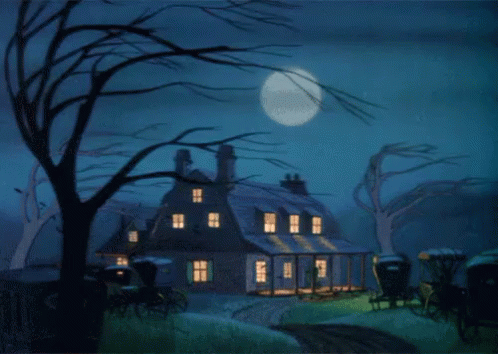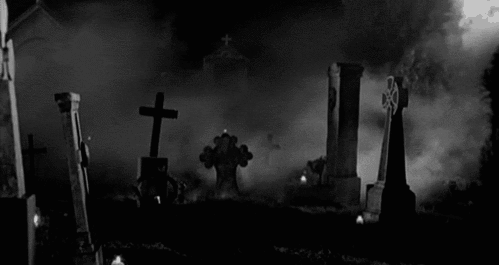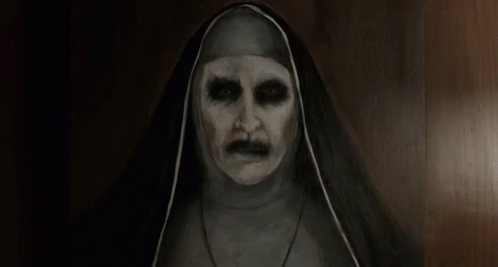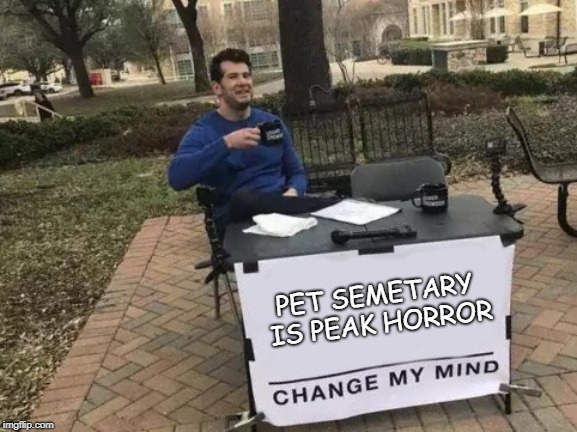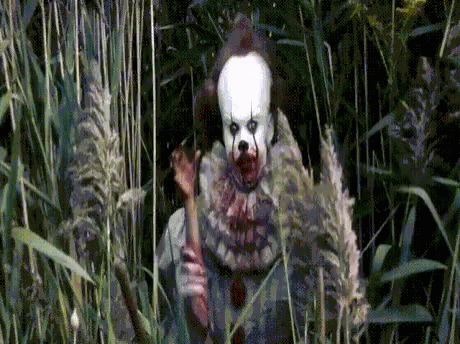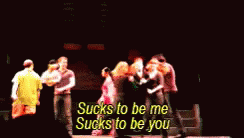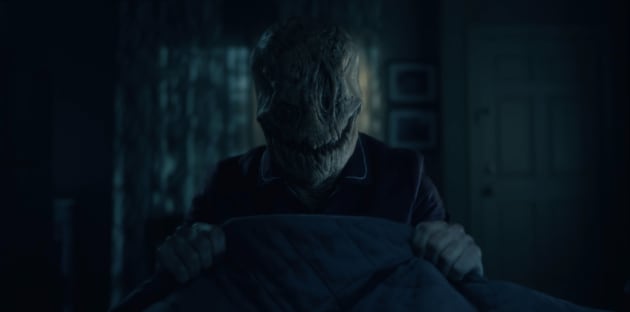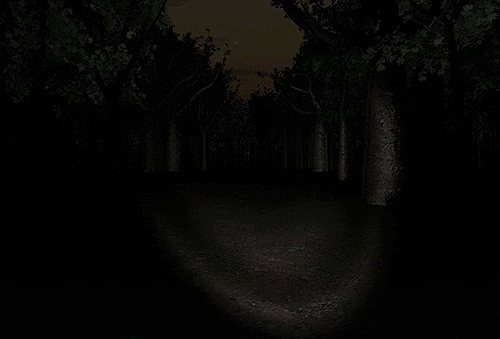The nature of horror is, in a word, to horrify.

The nature of horror is, in a word, to horrify.
While that should come as a surprise to absolutely no one, “horror” as a word means “the standing of the end of the hair”[1],or in common English, goose bumps. To achieve this is something all horror strives to do, at least in the figurative sense.
Of course, what horror is and what horror ought to do is a debate as old as time (or at least the literary genre, which is considerably younger). Before then, horror predominantly existed as folklore, where they would be a symbol of social values and the wish to either affirm to or change them,[2] or as morality tales, commonly found in religions to warn against disobedience and apostasy. The most prominent example in modern western culture is the idea of Hell, where sinners and others who have turned their back on God ends up, which in turn has been heavily influenced by Dante’s Inferno.
The question is, how?
Much of modern horror is rooted in religion or religious traditions, or rather taking those traditions and flipping them on their head. A rather amusing example is the inverted cross, which by horror logic must be profane if the upright cross is divine. Except that it’s the cross of St. Peter and also a symbol used by the Pope.[3] Most religious horror bases itself around the pagan or shamanistic, usually through burial grounds (looking at you, Pet Sematary) or Biblical mythology, something the whole Conjuring universe is built upon, the latest addition being The Nun. So much effort for a horror story centred on the catholic clergy; they seem to be far more horrible in real life anyway.

Horror is “[…] predominantly concerned with the fear of death, the multiple ways in which it can occur, and the untimely nature of its occurrence.”[4] This might be the reason for why ghosts, zombies and other spirits show up in horror narratives time and time again; they are already dead, and therefore offer an unnatural glimpse into what comes after. Or it might be that it presents us with something unknown, and as Lovecraft put it; “The oldest and strongest emotion of mankind is fear, and the oldest and strongest kind of fear is fear of the unknown.”
Lovecraft’s
affinity for creating Japanese schoolgirl nightmare fuel aside, he had a point.
No horror narrative has ever taken place in an ordinary setting, where ordinary
events unfolds. There is always something strange, something lurking in the
shadows. Or it’s something familiar, twisted just so much that it’s still the
same, but also not quite.
[1] Victor Sage, Horror Fiction in the Protestant Tradition, St. Martin’s Press, New York, 1988, p. xxi
[2] Jack Zipes, Breaking the Magic Spell: Radical Theories of Folk and Fairy Tales, Routledge, New York, p. 5
[3] Hector Molina, The Upside Down Cross: Satanic or Symbolic?, Catholic Answers, 2014, http://www.catholic.com/magazine/online-edition/the-upside-down-cross-satanic-or-symbolic (accessed 18.03.2019)
[4] Paul Wells, The Horror Genre: From Beelzebub to Blair Witch, Wallflower, London, 2000, p. 10
Bibliography
Alighieri, Dante, La Divina Comedia, Florence, Italy
Carroll, Noël, The Philosophy of Horror, Routledge, New York, 1990
Friedkin, William, The Exorcist, Warner Bros, 1973
Hardy, Corin, The Nun, Warner Bros. Pictures, 2018
Molina, Hector, The Upside Down Cross: Satanic or Symbolic?, Catholic Answers, 2014, http://www.catholic.com/magazine/online-edition/the-upside-down-cross-satanic-or-symbolic (accessed 18.03.2019)
Sage, Victor, Horror Fiction in the Protestant Tradition, St. Martin’s Press, New York, 1988
Wells, Paul, The Horror Genre: From Beelzebub to Blair Witch, Wallflower, London, 2000, p. 10
Zamora, Natalie, The 25 Highest-Grossing Horror Movies of All Time, Mentalfloss, 2018 mentalfloss.com/article/561769/highest-grossing-horror-movies-all-time (accessed 18.03.2019)
Zipes, Jack, Breaking the Magic Spell: Radical Theories of Folk and Fairy Tales, Routledge, New York
